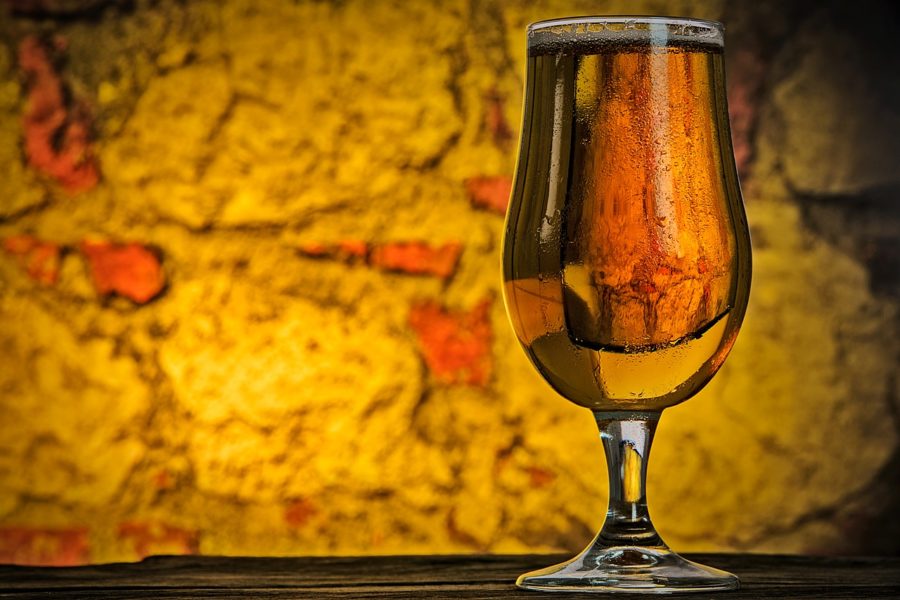The term ‘ale drinker’ used to immediately create images of dark, quiet pubs with suspicious locals looking at anyone unknown heading into the pub for a drink. The carpets were old, floral pieces, the wooden bar and stools were dark brown, creating a less than inviting atmosphere for many.
But now, ales have been transformed into ‘craft ale’, and with it, a new generation of drinkers have worked to bring the traditional beer back into the limelight with up-and-coming micropubs, trendy packaging, and new flavours.
A local brew for local people
Craft ale brewing still uses traditional methods and focuses on high-quality ingredients and experimental flavours. This attention to detail is something large-scale brewers simply cannot compete with, and as such, local breweries are lapping up the support of their local people by creating relevant flavours and drinks for them.
But what happened to smaller breweries in the past?
In the 70s, larger beer brands bought out smaller breweries to make room for their mass-produced bitters and lagers. Then along came CAMRA (The Campaign for Real Ale), which worked to support smaller brands – ultimately leading to the trendy craft ale industry we know today.
Brewers like Brewdog, and retailers like Beer52 and Beer Hawk, made craft ale ‘cool’ again and launched online stores so you can get beer delivered straight to your door.
Tapping into the gift industry
As well as heading online, the gift industry also played a huge part in the craft ale reform. You can now gift friends or family a brewing kit where they can make their own beer at home. This crafty and delicious gift is perfect for those looking for a new hobby and who are missing the taste of a freshly pulled pint at the local pub.
The impact of the pandemic
Although most food and drink manufacturers have been able to continue working during the pandemic, breweries’ main source of income – pubs – have been closed.
While these breweries could attempt to crack the supermarket customer, they do not have the capacity to mass-produce the quantities needed to stock the shelves. They rely on independent beer and wine shops as well as restaurants and pubs for their income.
As a result of this, almost 65% of independent brewers have stopped production altogether at some point over the past year, while others took the opportunity to diversify their business.
Local breweries have been selling kegs for collection to the local community, while those who can afford to do so have been selling cans online across the UK. In fact, 70% of breweries have taken on takeaway services and deliveries, while online sales of beer have risen by 55%. It’s clear the nation cannot survive without their craft ale!
There are also now drive-thru beer shop options for anyone that needs to refill for their stay-at-home party with the housemates (or parents).
Final thoughts
So, what was once a stagnant industry of old men and dark pubs has risen from the ashes once again. Even after facing the challenges of the 70s and the current pandemic, small craft ale breweries are constantly adapting and rising to the challenges of the modern world. It’s this focus on providing beer drinkers with high-quality ales in any way they can that has truly reformed the industry.





![[99.9% SOLVED] How to Fix [Pii_email_019b690b20082ef76df5] Error](https://www.leadformance.co.uk/wp-content/uploads/2021/10/df5-300x169.jpg)
Be First to Comment